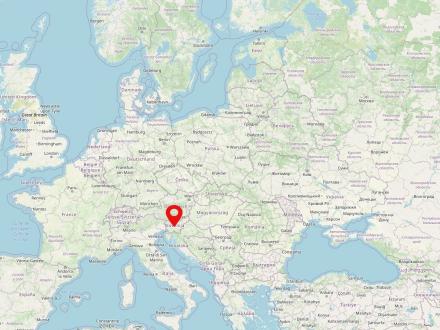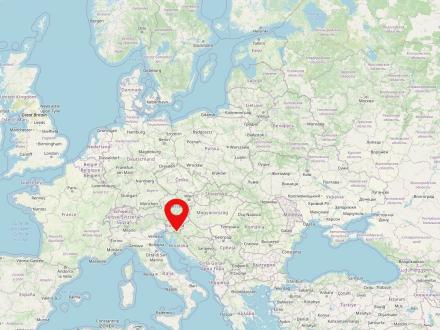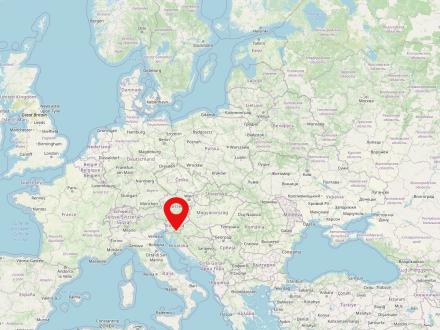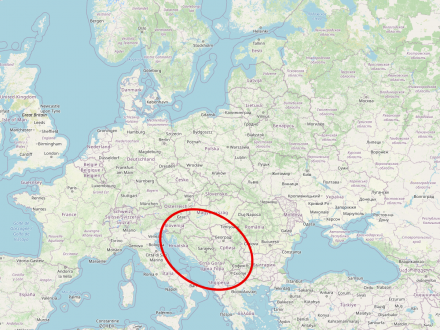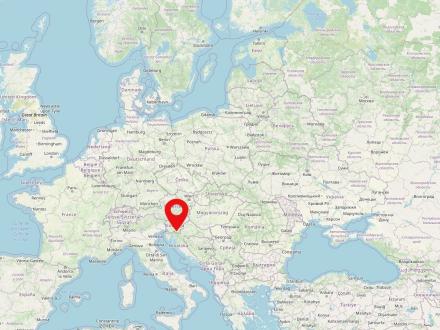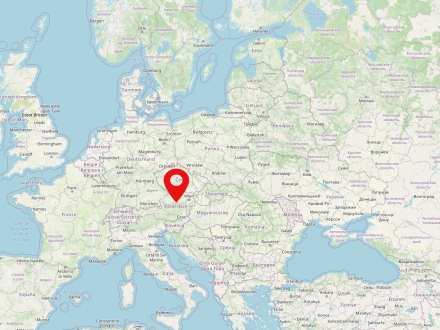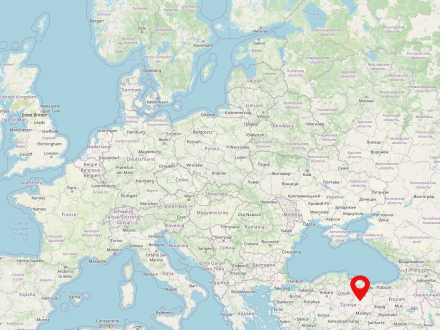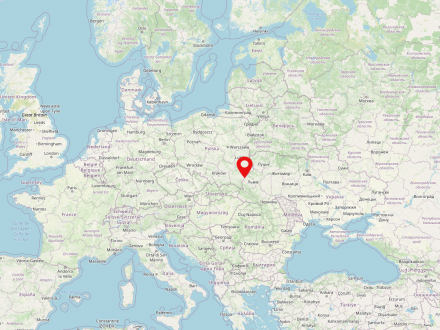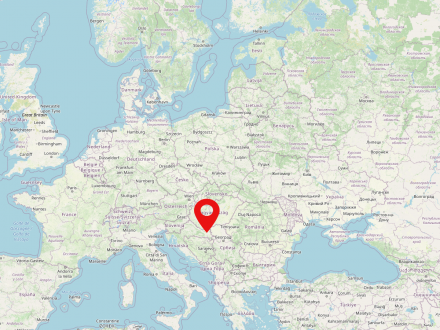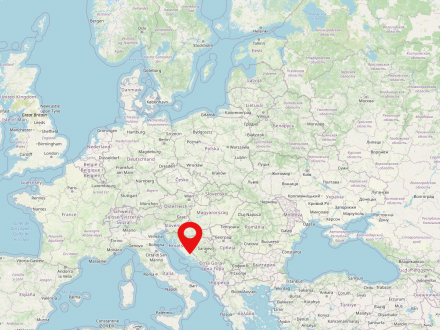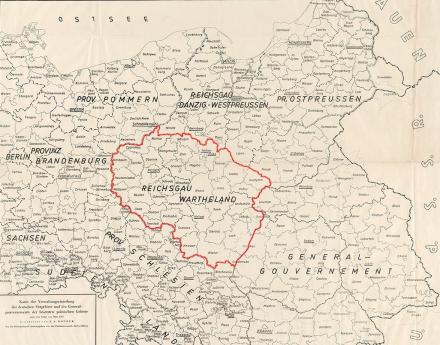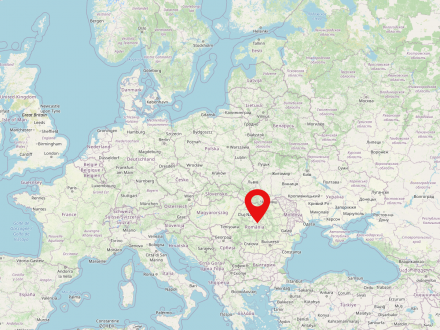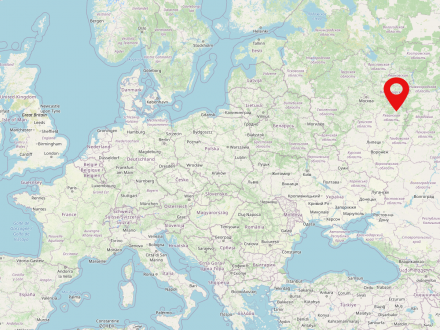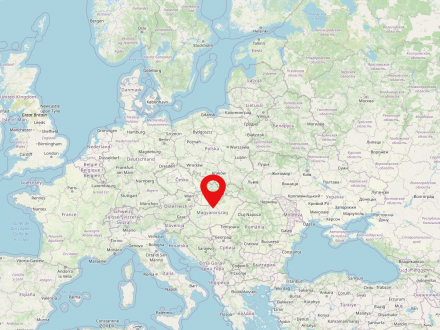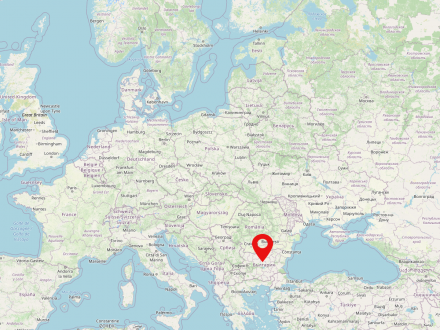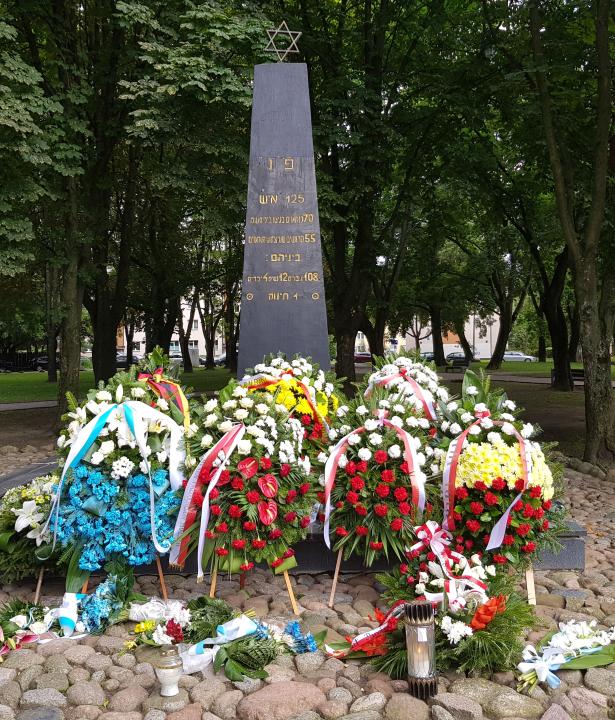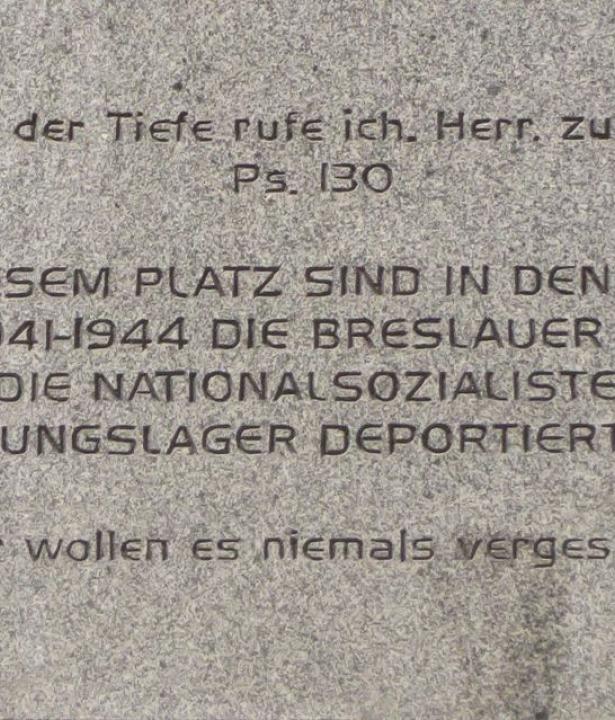Loški Potok is a community of almost 2,000 inhabitants in southeastern Slovenia. The community is located in the Dolenjska region, about 90 km south of the Slovenian capital Ljubljana.
Carniola is a historical landscape in southeastern Central Europe and today belongs to Slovenia. The region fell to the Habsburgs as early as the Middle Ages and became Austrian crown land in 1849. Only in the period of the Napoleonic Wars there was a short period of French rule, when Carniola became one of the so-called Illyrian provinces (1809-1813).
After 1918, Carniola and the wider area of the present-day Slovenian state became part of the newly established Kingdom of Yugoslavia.
Historically, the sub-regions of Carniola were mainly Upper Carniola, Inner Carniola and Lower Carniola.
Slovenia is a state in southeastern Central Europe. The territory of the present state came into the possession of the Habsburgs as early as the Middle Ages and was part of Austria-Hungary until World War I, with a brief interruption in Napoleonic times. In 1918, today's Slovenia became part of the newly founded Kingdom of Yugoslavia and after 1945 was part of the now socialist Yugoslavia as the Socialist Republic of Slovenia. Slovenia has been an independent state since 1991 and part of the European Union since 2004.
Dolga Vas, in German Grafenfeld or Krapfenfeld, is a small village on the Rinža river, southeast of the town Kočevje. The community is located in the former Gottscheer Land, a German language exclave in Slovenia until 1941.
Gottschee is a town and municipality in the south of Slovenia. It is located in the historical region of Lower Carniola and is inhabited by 16,000 people. The town was the center of the Gottscheer Land, a former German-speaking linguistic island in Slovenia.
Yugoslavia was a southeastern European state that existed, with interruptions and in slightly changing borders, from 1918 to 1992 and 2003, respectively. The capital and largest city of the country was Belgrade. Historically, a distinction is made in particular between the period of the Kingdom of Yugoslavia from 1918 to 1941 (also called 'First Yugoslavia') and communist Yugoslavia from 1945 (the so-called 'Second Yugoslavia') under the dictatorial ruling head of state Josip Broz Tito (1892-1980). The disintegration of Yugoslavia from 1991 and the independence aspirations of several parts of the country eventually led to the Yugoslav Wars (also called the Balkan Wars or post-Yugoslav Wars). Today, the successor states of Yugoslavia are Slovenia, Croatia, Serbia, Montenegro, North Macedonia, Kosovo and Bosnia and Herzegovina.
Livold is a village southeast of the city Kočevje in southern Slovenia. The river Rinža, which is important for the region of Lower Carniola, flows through the village.
Austria is a country in Central Europe populated by about 8.9 million people. The capital of the country is Vienna.


Austria-Hungary (Hungarian: Osztrák-Magyar Monarchia), also known as Imperial and Royal Hungary Monarchy, was a historical state in Central and Southeastern Europe that existed from 1867 to 1918.
The Russian Empire (also Russian Empire or Empire of Russia) was a state that existed from 1721 to 1917 in Eastern Europe, Central Asia and North America. The country was the largest contiguous empire in modern history in the mid-19th century. It was dissolved after the February Revolution in 1917. The state was regarded as autocratically ruled and was inhabited by about 181 million people.
The Ottoman Empire was the state of the Ottoman dynasty from about 1299 to 1922. The name derives from the founder of the dynasty, Osman I. The successor state of the Ottoman Empire is the Republic of Turkey.
The German Empire was a state in Central Europe that existed from 1871 to 1945. The period from its founding until 1918 is called the German Empire, then followed the period of the Weimar Republic (1918/1919-1933) and the National Socialism (so-called Third Reich) from 1933 to 1945. 01.01.1871 is considered the day of the foundation of the German Reich.
Galicia is a historical landscape, which today is almost entirely located on the territory of Poland and Ukraine. The part in southeastern Poland is usually referred to as Western Galicia, and the part in western Ukraine as Eastern Galicia. Before 1772, Galicia belonged for centuries to the Polish-Lithuanian noble republic, and subsequently and until 1918 - as part of the crown land "Kingdom of Galicia and Lodomeria" - to the Habsburg Empire.
Slovakia is a country in Central Europe, which is lived in by about 5.5 million people. The capital of the country is Bratislava (Pressburg). Slovakia has been independent since 1993. Before that it was part of Czechoslovakia for several decades.
Slavonia is a historical landscape in today's eastern Croatia. It can be geographically located between southern Hungary and Bosnia. In the east, Slavonia borders the Danube and the border with Serbia. The historical landscape is inhabited by about 860,000 people. Osijek is the largest city in Slavonia.
Dalmatia is a historical region in the south of Croatia and western Montenegro. It is on the Adriatic Sea and is inhabited by about 850,000 people. Most of Dalmatia is located in modern Croatia and is one of the four regions of the country.
Poland is a state in Central Eastern Europe and is home to approximately 38 million people. The country is the sixth largest member state of the European Union. The capital and biggest city of Poland is Warsaw. Poland is made up of 16 voivodships. The largest river in the country is the Vistula (Polish: Wisła).


The Reichsgau Wartheland, also known as Warthegau, was a Nazi administrative district in occupied Poland that existed from 1939 to 1945. The Reichsgau was in large parts congruent with the historical landscape of Wielkopolska and had 4.5 million inhabitants. The capital was today's Poznań.
The almost six-year occupation period was characterized by the brutal persecution and murder of the Polish and Jewish population on the one hand and the targeted resettlement of German-speaking parts of the population on the other.
Image: „Map of the administrative division of the German Eastern Territories and the General Government of the occupied Polish territories as of March 1940“. Herder Institute for Historical Research on East Central Europe – Institute of the Leibniz Association, map collection, inventory no. K 32 II L 43, edited by Copernico (2022). CC0 1.0.
Romania is a country in southeastern Europe with a population of almost 20 million people. The capital of the country is Bucharest. The state is situated directly on the Black Sea, the Carpathian Mountains and borders Bulgaria, Serbia, Hungary, Ukraine and Moldova. Romania was established in 1859 from the merger of Moldova and Wallachia. Romania is home to Transylvania, the central region for the German minority there.
The Soviet Union (SU or USSR, Russian: Союз Советских Социалистических Республик, СССР) was a state in Eastern Europe, Central and Northern Asia existing from 1922 to 1991. The USSR was inhabited by about 290 million people and formed the largest territorial state in the world, with about 22.5 million square km. The Soviet Union was a socialist soviet republic with a one-party system.


Hungary is a country in Central Europe, whose capital is Budapest. The country is home to about 10 million people and was part of the so-called Habsburg Empire for several centuries. Hungary has been a member of the European Union since 01.05.2004. The Danube is the largest river in the country.
Bulgaria is a South-Eastern European country and is inhabited by about 7 million people. Sofia is the capital of the republic and the largest city in the country. Bulgaria is situated on the Black Sea in the eastern part of the Balkan Peninsula. The largest rivers in the country include the Danube and Maritsa.



